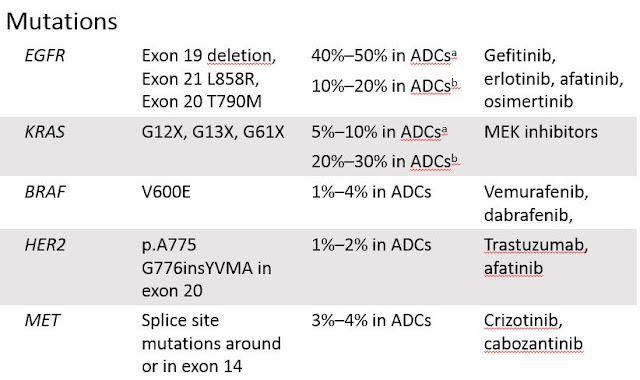Nasopharyngeal carcinoma
Nasopharyngeal carcinoma Updated: 10/13/2020 © Jun Wang, MD, PhD General features Arising from the epithelium of the nasopharynx Common in South Asia, North Africa, Middle East and the Arctic More common in men Rare in the states, but incident increasing in black teenagers Bimodal age distribution, a small peak in late childhood, and second peak around 50-59 Risk factors Associated with Epstein-Barr virus infection Other risk factors: Consumption of salt-preserved fish containing carcinogenic nitrosamines , family history, specific HLA class I genotypes, tobacco smoking , chronic respiratory tract conditions and low consumption of fresh fruits and vegetables Pathogenesis EBV genome products (LMP1, LMP2, etc) associated telomerase dysregulation, bcl2 overexpression, etc. Loss of function mutation of NF-kappa B inhibitors (CYLD, TRAF3, etc) Multiple chromosomal abnormalities p16 deletion LTBR (lymphotoxin-beta receptor) amplification Clinical presentations

